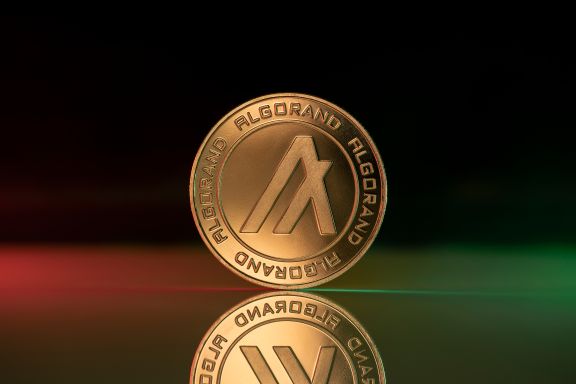The decentralized network Algorand was created to address the three main issues related to Blockchain technology, which fall under categories such as decentralization, speed, as well as security. Algorand can be defined as a permissionless, open-source blockchain network. It was introduced by Silvio Micali, MIT professor and computer scientist in the month of June, 2019. Algorand has been designed to meet the expectations of a network that focuses on payments, has quick transactions, and places a lot of emphasis on reaching almost immediate finality. Another method of making quick transactions is by sending Cryptocurrencies such as Bitcoin, In case you intend to purchase and trade Bitcoin, you can head over to one of many trusted https://bitcoinscircuit.com. The PoS (Proof-of-Stake) consensus is utilized, which implies that all native ALGO token holders get validator rewards. The time taken in completing transactions, is an important factor that makes or breaks a platform.
The Foundation for Algorand
2019 saw Algorand’s launch, making it a relatively new protocol. The financing and advancement of Algorand Inc., as well as the Algorand protocol itself, are under the control of a nonprofit entity known as the Algorand Foundation. The Algorand Foundation promotes developer education through academic institutions. Prestigious colleges like MIT, UC Berkeley, and other top institutions from across the world are included in its Global University Program. Additionally, the Algorand Foundation supports hackathons, educational programmes, and certifications in the blockchain industry. Algorand Asia Accelerator and Algorand Europe Accelerator are two accelerator programmes that the Algorand Foundation created in 2020 with the goal of aiding active projects and developers interested in expanding on Algorand. In an attempt to assist the development and success of the Algorand ecosystem, these initiatives provide potential companies complete support from strategy development to launch.
Algorand Protocol Organization
The architecture of this blockchain is a unique two-tiered one. Smart contracts, the generation of assets, and atomic asset swaps are supported at the basic layer. Platforms, as well as users have the ability to construct ASAs that represent brand-new or current assets on the blockchain on this initial tier of the Algorand network. Simple, smart contracts executed as ASC1 on the Algorand platform preserve a similar degree of security compared to the consensus protocol itself in terms of security. Algorand’s second layer is set aside for the creation of dApps and more intricate smart contracts. The network’s division into Layer one and Layer two is what enables Algorand to execute transactions so quickly. Simple transactions can be completed more rapidly on Layer one without being scaled back by larger, more complicated smart contracts since more sophisticated smart contracts are executed off-chain.
The Algorand Staking Mechanism
Pure Proof of Stake is an original PoS variant used by Algorand (PPoS). One ALGO token is all that is necessary to participate in the extremely democratic PoS consensus method known as PPoS, which also has a minimal minimum staking requirement. In comparison, Ethereum 2.0, which works on a PoS model demands a minimum at least 32 Ether, creating a significantly higher entrance barrier for consumers. A low minimum staking requirement, on the other hand, can have a negative impact on network security since people using the network who don’t have a lot of money invested in it may not be as motivated to act responsibly.
How Algorand Blocks are produced by PPoS
Validator nodes in PoS networks are chosen randomly to verify the data of transaction in a block. The double phased block creation procedure of making propositions and voting is used by Algorand’s PPoS consensus mechanism. The leaders of a block are chosen using a provably random system that picks nodes at random but weights them according to the magnitude of their individual stakes. Because of this, bad actors are unable to determine the identity of the block leader prior to block presentation. Somewhat controversially, Algorand does not employ cutting. This implies that if a node proposes a defective block, the network will not be lower than the node’s staked balance; instead, it will enter recovery mode and go on. An enormous amount of network delay is removed once a block emerges since consensus has been reached, and users can start depending on it instantly.
Algorand, therefore turns out to be one of the most accessible and beneficial blockchains, and was introduced in 2019. The native coin of Algorand, ALGO, is a key component of the blockchain architecture architecture. The benefits provided received by the validators for creating blocks are divided and dispersed among all ALGO coin holders as part of Algorand’s distinctive protocol architecture, as opposed to only block producers. There are certain validator nodes, which are chosen randomly, to ensure that elements with ill intentions do not get to find out and hack validators, before they get to work. Algorand is also a more accessible network for staking, as the amount of AGO tokens required to start staking.






![YouTube SEO in 2024 [Definitive Guide]](https://getpixie.com/wp-content/uploads/2024/02/shutterstock_1684828252-1-150x150.jpg)








